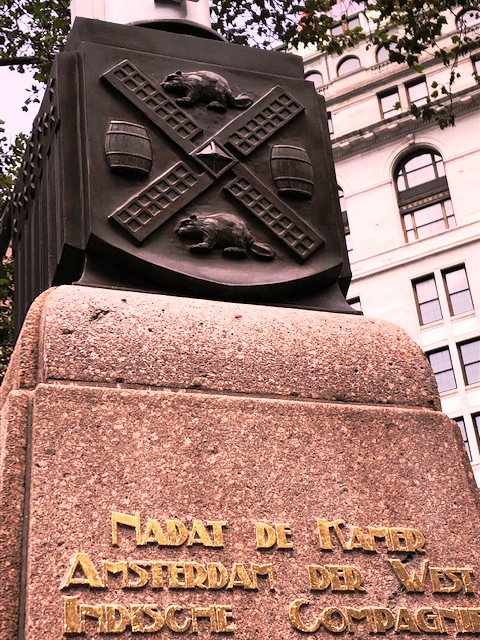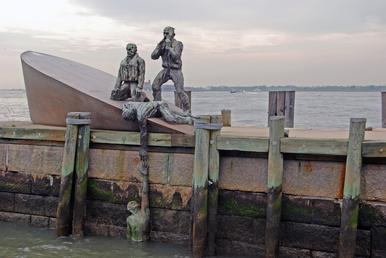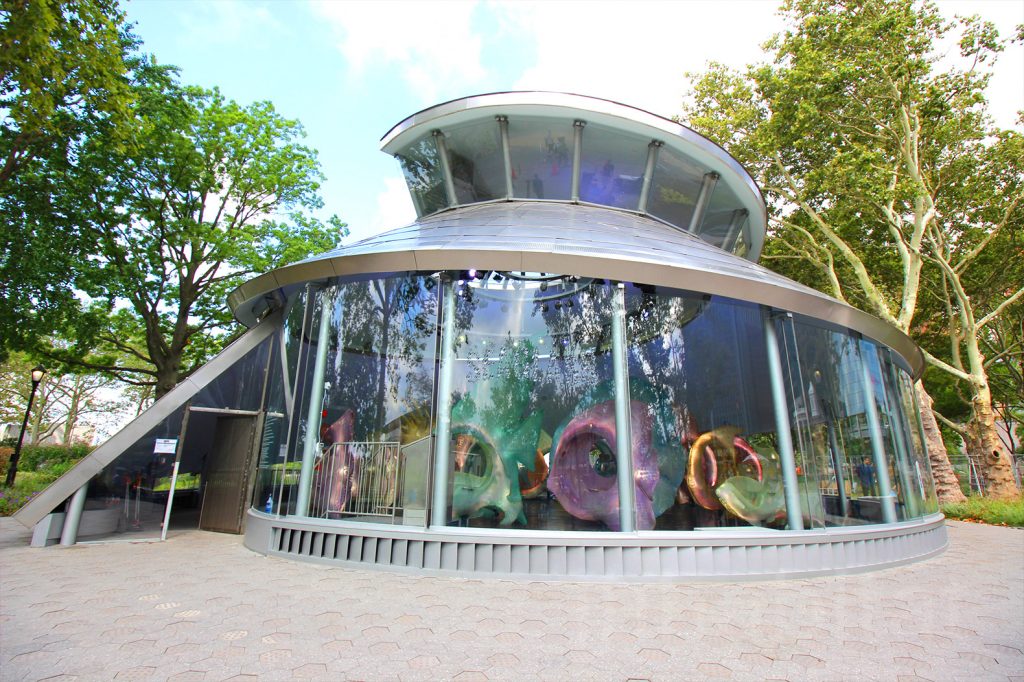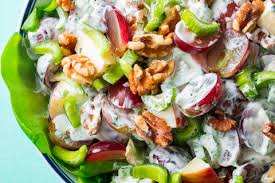Although I’ve lived in NYC my entire life, I’d never visited The Battery at the southernmost tip of Manhattan. In the area after a meeting at the New York Landmarks Conservancy where I volunteer, I went on an excellent, free tour given by Greg, a volunteer at the Battery Conservancy.
Ten of us started at the Netherland Memorial Flagpole. Given to the city by the people of Holland, it is fittingly embellished with a seal incorporating two beavers, a nod to trade in fur; two barrels in tribute to the Dutch East India trade in rum, and a stylized windmill, symbol of Dutch life.

Then we went inside the Urban Farm, a large garden where veggies and herbs are planted and tended by kids and adult volunteers. School groups visit so kids can see that food isn’t just something wrapped in plastic at the supermarket. The harvested results are distributed among various area schools where they are cooked and eaten.

There is a massive statue of Giovanni da Verrazzano, born in Florence, Italy, who explored the U.S east coast searching for a passage to the Pacific Ocean. He didn’t find it but did find New York Harbor, hence the bridge named after him with a very pricey toll. One version of his death recounted by our guide is that in 1582, he went ashore, possibly on Guadeloupe, where he was killed and eaten by the native inhabitants. (mumbles of yummy navigator around the table?)
We visited the Labyrinth where bricks form seven consecutive circles in memory of those lost on 9/11. Anyone may walk the circles that invite meditation or sit on the beautiful curved bench in this slightly out-of-the way, peaceful mini-park. Continuing on our route, we passed The Korean War Veterans Monument that has a silhouette in the shape of a soldier cut out of its center. Originally you could see though the figure to the Statue of Liberty and Ellis Island beyond but the Parks Department has insisted on letting trees grow obstructing that view. At the water’s edge is another sculpture honoring the American Merchant Mariners who lost more lives in WWII than did any other branch of service.

The work, by Marisol, shows two men at the top and a third in the water, his hand outstretched in the hope of rescue. Not to be, he drowns twice a day as the tide comes in. When I visited the tide was going out so his head and shoulders were exposed.
Castle Clinton was later known as Castle Garden. After it was a fort, it became the first U.S. immigration station (before Ellis Island.) As time moved on, it morphed into a beer garden, a theater (where Jenny Lind and P.T. Barnum strutted their stuff), an exhibition hall and the New York City Aquarium.
Towards the end we walked past the Seaglass Carousel. Shaped like a chambered nautilus, for $5 a shot kids and adults can ride big fish that glow and play music. Or, if you’re in an expansive mood, rent the whole Carousel for a party (and please invite me.)

I am not about to offer a recipe for roast explorer. Instead, here’s one for Waldorf Salad, said to have first appeared in NYC in 1893, created by Oscar Tschirky, the maître d’hôtel of the Waldorf Astoria hotel.

Waldorf Salad
6 Tbsp mayonnaise (or plain yogurt)
1 Tbsp lemon juice
1/2 teaspoon salt
Pinch of freshly ground black pepper
2 sweet apples cored and chopped (i.e. not a tart Granny Smith.)
1 cup red seedless grapes, sliced in half (or 1/4 cup of raisins)
1 cup celery, thinly sliced
1 cup chopped, slightly toasted walnuts
Lettuce
In a medium- sized bowl, whisk together the mayonnaise (or yogurt), lemon juice, salt and pepper. Stir in the apple, celery, grapes, and walnuts. Serve on a bed of fresh lettuce.
If you want more heft, add chopped, cooked chicken. I suppose you could drink lemonade but a nice, full white wine would make a more festive lunch. Raise a glass to Peter Minuet.
